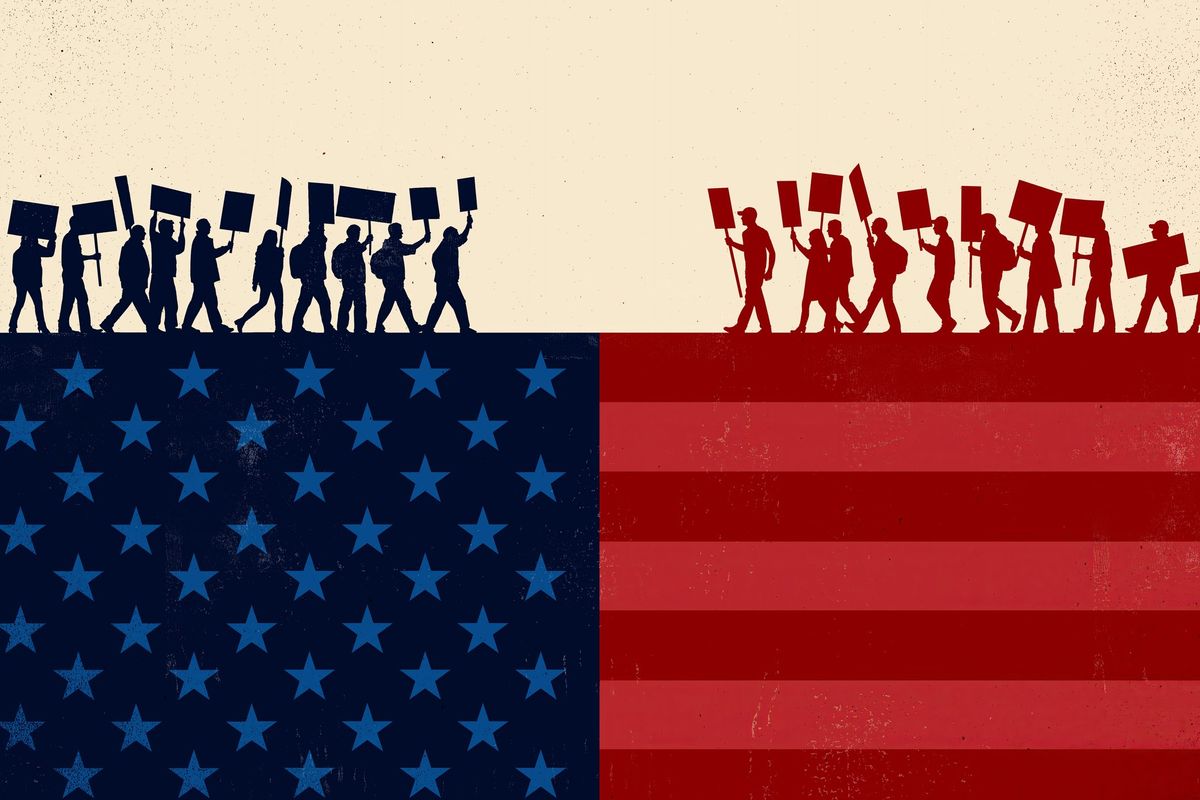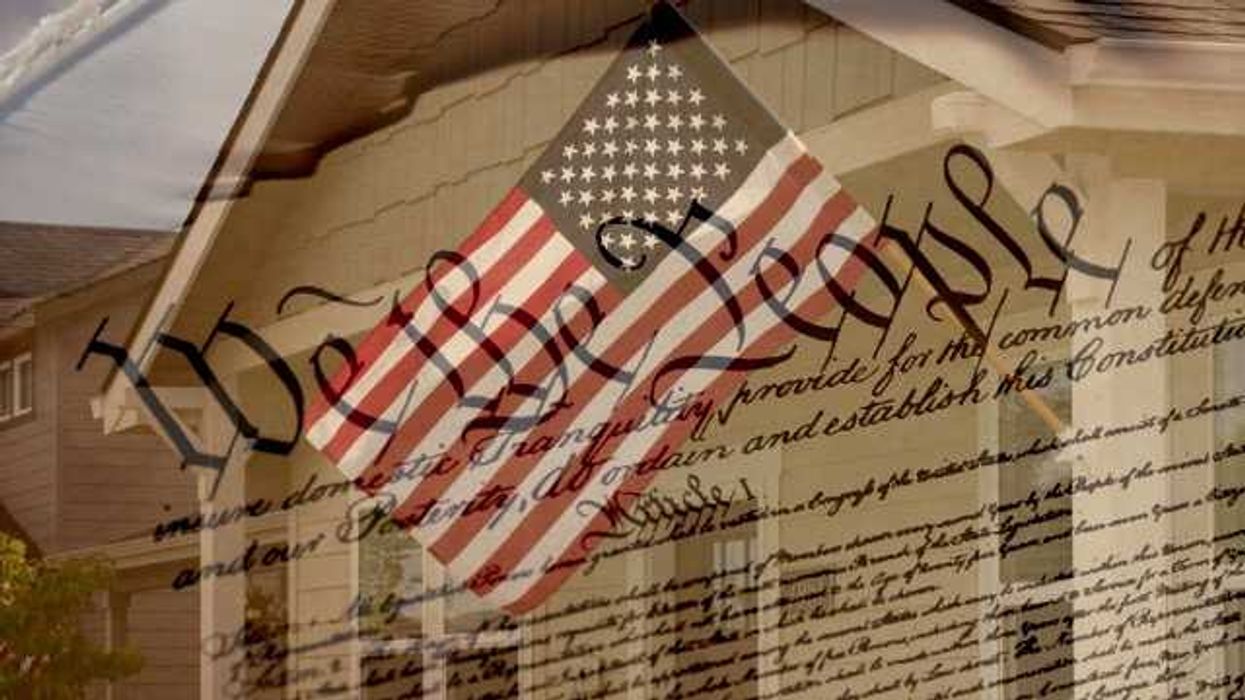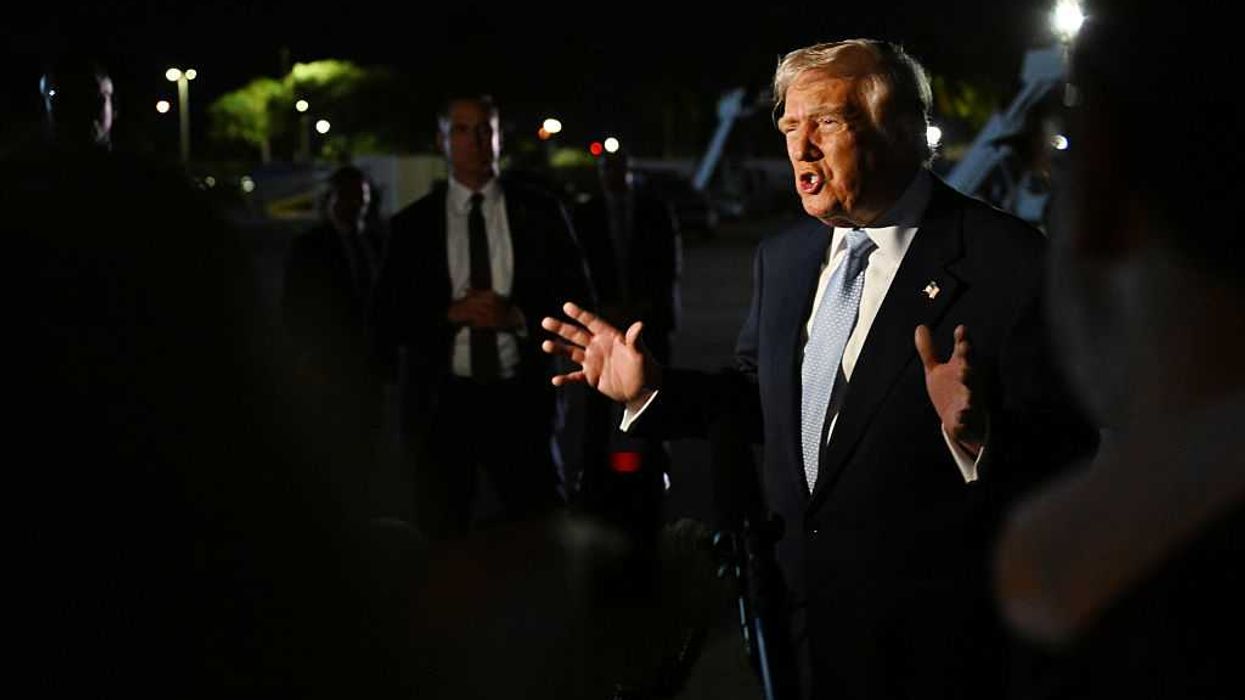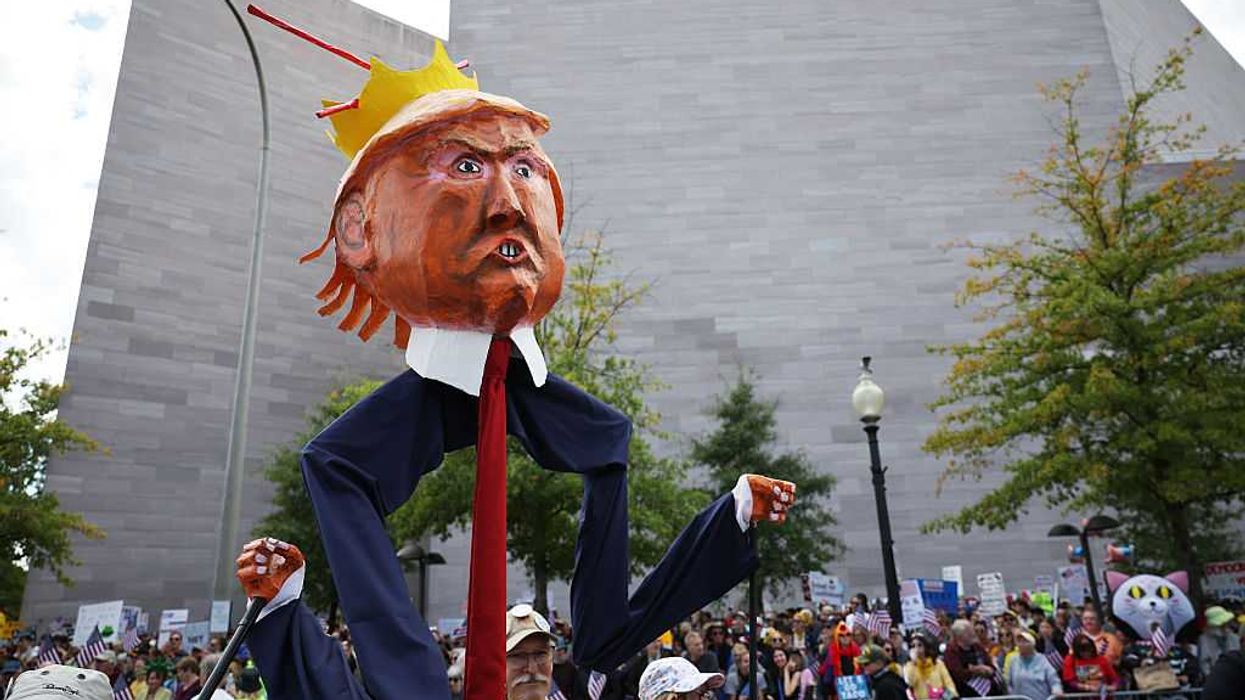Robert Cropf, Professor of Political Science at Saint Louis University, produced a two-part series about higher education and the Trump administration.
In Part One, Declaring War on Universities: Why It Matters and Where It Leads, Cropf examined how universities evolved into national institutions, why they’re now under coordinated political attack, and what is at stake if this trend continues.
Here's Part Two, the conclusion of the two-part series:
The Internal Crisis
One need not look externally to find causes for higher education's crisis; significant problems from within also drive it. Complex bureaucracies, costly programs unrelated to the educational mission, and a relentless pursuit of prestige over affordability have all contributed to this issue.
These forces have driven up costs and tuition, sparking growing public hostility. Administrative spending has overtaken investment in teaching and research, as universities increasingly allocate resources to compliance, branding, and student amenities rather than core academic functions (Inside Higher Ed). Meanwhile, institutions chase rankings and luxury amenities to attract students, often at the expense of affordability and educational quality. The result is a widening gulf between institutions and the public they serve, weakening higher education internally and leaving it exposed to political attacks.
Administrative Bloat
Most symptomatic of this internal crisis is the explosive growth of administrative staff. Since the 1980s, universities have added layers of administrators, compliance officers, and non-instructional personnel at a pace far outstripping the hiring of full-time faculty. For several decades, higher education has experienced a significant increase in administrative spending, and it is projected to continue growing by 7% over the next decade, according to the Bureau of Labor Statistics. Noninstructional spending—which includes administration and student services—outpaced instructional spending from 2010 to 2018, as reported by the Council of Trustees and Alumni.
Some administrative roles serve necessary functions, but cumulatively, these additions have led to exploding costs and shifted university priorities away from their core mission: teaching and research. Faculty increasingly spend time navigating complex bureaucracies rather than focusing on students and scholarship.
Regulatory and Compliance Pressures
The expansion of administrative roles brings high salaries and ever-growing red tape. Universities often justify these costs as necessary for compliance, student services, and maintaining a strong institutional reputation. Education economist Robert Kelchen, writing in The Chronicle of Higher Education, observed that “in addition to student demand, risk-management and legal concerns can drive some of the growth in administrative positions.” (Kelchen, 2023).
While there is some truth to this justification, given the substantial growth in government regulations, it remains questionable whether this alone accounts for the scale of administrative expansion. The reality is that greater complexity has occurred without real improvements in educational quality, breeding frustration among faculty, confusion among students, and fueling public perceptions of bloated university operations.
Rising Tuition and Non-Academic Spending
Administrative bloat isn't the only driver of rising costs. Tuition consistently outpaces inflation, driven by shrinking state support, costly campus construction, and a relentless pursuit of rankings and prestige. According to the National Center for Education Statistics, average annual tuition at public four-year colleges rose from approximately $3,500 in 2000 to nearly $10,560 in 2023, significantly outpacing inflation.
Universities are increasingly expanding their facilities and adding non-academic programs, such as state-of-the-art gyms, elaborate student recreation centers, and extravagant amenities like lazy rivers. These expenses—often unrelated to academic achievement—are passed onto families, contributing significantly to tuition hikes and placing higher education further out of reach for many Americans. To address these financial pressures, many universities have aggressively recruited international students who can pay full tuition, creating new revenue streams but also raising concerns about whether institutions prioritize financial incentives over educational quality and domestic student access.
Student Debt and the Enrollment Cliff
This has produced a dire situation: student debt has soared, reaching $1.78 trillion as of 2023, according to the Federal Reserve, nearly tripling since 2008. Enrollment is declining in many regions, exacerbated by the "enrollment cliff," a significant drop in college-age students anticipated due to declining birth rates following the Great Recession. This demographic shift will further strain university finances and intensify competition for a limited number of students.
Families increasingly question whether a degree is worth the cost. Once viewed as the surest path to upward mobility, college is now often seen as a financial gamble. As public confidence erodes, the divide between higher education and the people it serves continues to deepen.
Higher education is facing a crisis of identity and mission, which compounds its financial struggles. Many colleges have shifted their focus toward branding, amenities, and revenue generation, often at the expense of their core purpose: teaching, research, and public service. This drift leaves universities vulnerable to political attacks and fuels suspicions about their true priorities and whom they serve.
Paths to Reform
While significant, these challenges have solutions. True reform demands honest self-assessment and courageous decisions. Colleges must rein in administrative growth, refocus their resources on teaching and research, and rebuild trust by aligning their missions with the public's needs. Restoring affordability and demonstrating genuine public value are crucial to protecting higher education from external threats and internal decline.
Colleges also need stronger bonds with local communities. They cannot afford to be isolated in ivory towers but must engage as partners in addressing regional challenges—whether through workforce development, community health, or civic engagement. Rebuilding these ties can help restore trust and remind the public that higher education serves the greater good of society.
Demonstrating Public Value
Ultimately, higher education must more effectively communicate its value. Universities should clearly articulate how their research, teaching, and community engagement enhance the lives of their students and the broader community. Transparency, humility, and responsiveness to public concerns can repair trust and demonstrate that higher education remains a vital public good. Colleges can partner with local employers on workforce training, open campus clinics for community health, sponsor public lectures on critical issues, and collaborate with local schools to improve K-12 education. These concrete efforts show universities as engines of community development and public benefit.












 Shannon Gormley, Rhode Island Public Schools
Shannon Gormley, Rhode Island Public Schools Les Sinclair, Blue Ridge Area Food Bank
Les Sinclair, Blue Ridge Area Food Bank Elena Casillas Hoffman,
Elena Casillas Hoffman, 
 Darrious Hilmon, Executive Director, CAN-TV
Darrious Hilmon, Executive Director, CAN-TV







